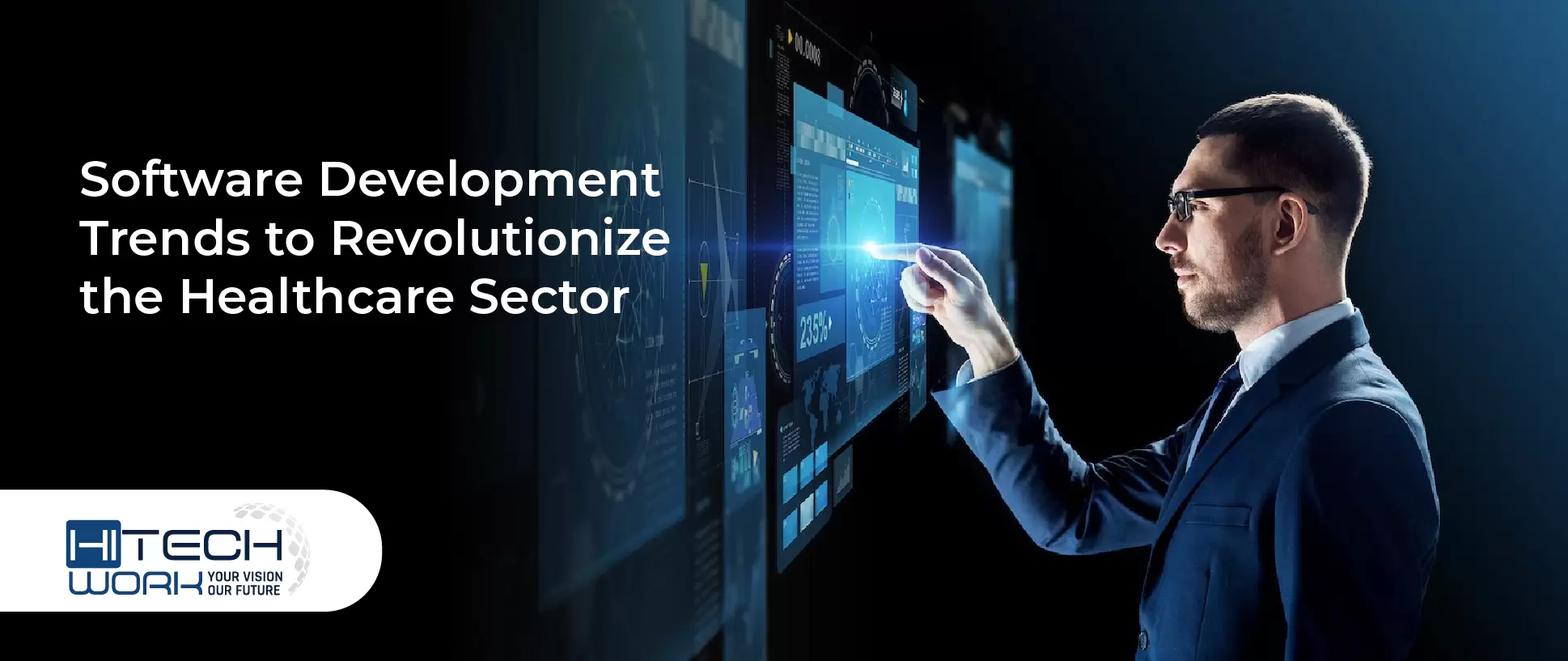The development and customization of healthcare software is dramatically increasing its efficiency, partly due to the disastrous consequences of the COVID pandemic. We can see how even highly developed countries have started to re-examine their healthcare system and understand that it is extremely far from being perfect. Naturally, it all led to health-tech software development and finding solutions to a vast majority of existing problems. It is self-evident that in the context of medicine, the implementation of innovative technologies means saving human lives.
There are several common problems facing the healthcare sector:
- Deconstructing obstacles
- Uncontrollable prices and costs for services
- Invalidation of public health stormed by disparities
- Insufficient quality of service
There are valid reasons to state that these issues prevail not only in the US but in all Western countries. What is more, the healthcare sector in developing countries is even more deficient. Every day, thousands of people cannot access qualified doctors and receive urgent help. Millions of people cannot even afford these kinds of services. Furthermore, there are not enough opportunities to computerize these areas as only a few residents can access modern technology.
Below, you will find an explanation of what healthcare software means and remarkable facts about software development for healthcare trends.
The Term Healthcare Software
As we are becoming more technologically savvy, these kinds of terms stop creating a lot of fuss and misunderstanding around them. But still, for the sake of clarity, let us decode it.
Two terms may be used interchangeably – ‘healthcare’ and ‘medical software.’ However, they are related to completely different fields. The job of monitoring, examining, and interpreting a person’s health is attached to medical software. Generally, it is destined to provide means for medical professionals to give the best treatment available. Healthcare, as well as medical software, are often developed to create space for medical training and simulation. In addition, it establishes tools for diagnosis, storage of medical data, and purchasing equipment.
All in all, the digitalization of the medical sphere helps to adjust patient-doctor communication and tends to create a path to technologically-augmented medical services. If you want to read more Hitech content: follow the 9 Ways Touch Screen Monitors Aid Healthcare Providers
Future Trends in Software Development for Healthcare
Browsing further this article, you will find out about the most striking tendencies that deserve our attention.

1. Telemedicine and providing healthcare remotely
Distance in such an essential field as medicine plays a huge part. Therefore, telemedicine has become one of the leading trends in healthcare software development. To define more accurately, the branch attempts to guarantee access to medicine in remote and rural areas. It started to develop dramatically in the middle of the COVID pandemic. It was hard to get medical assistance even in the big city under severe restrictions of lockdown. As a result, it is now a priority to build effective remote cooperation with healthcare professionals.
Video conferencing tools such as Zoom, Google Hangouts, or Skype have made it much easier to stay in touch with doctors. However, in certain instances, it cannot be enough. For example, when there is no high-speed internet connection or even no connection at all. Notwithstanding that, expert software development should be able to deliver services. What is more, AI implementation automates the process of assigning preliminary consultations. Suffice it to say that with more tech solutions, a lot of people will get what they need anywhere in no time.
2. Medical devices for individual use
Custom software solutions may work wonders and adapt to the needs of every customer. That means providing unique, one-of-a-kind personal devices to track the person’s condition. They allow us to be aware of all changes, even minor temperature rises. Being rather trivial, on certain occasions, it may still save lives. The good news is that the majority of such devices are already available in stores. They measure heart rate, blood pressure, oxygen saturation level, body temperature, and many other important parameters.
The brilliant news is that numerous devices are being developed. The current priority for certain modern software companies is to allow patients with chronic diseases to track all the important parameters. In case a patient has recidivism, the tracker will be able to automatically send a request for help. This feature will revolutionize the field of medicine and make patients less stressed and more concentrated on their illnesses. Finally, such gadgets will collect a lot of data that can be used to set more accurate diagnoses.
Related: Artificial intelligence is starting to make inroads into healthcare
AI-based Healthcare Software Solutions
No doubt, AI development is up-and-coming, especially when it comes to the medical sphere. Below you will see examples of healthcare solutions based on AI technology:
- Reducing the amount of paperwork for medical personnel.
- Rapid analysis of numerous data sources and providing clear guidelines for personal treatment.
- Automation of medical records for travelers. AI will collect, process, and keep all the records to be carefully put into a global network. Later, it can be accessed from any place in the world.
- Applying classification and image analysis to broaden the research and make it deeper.
- Preventing potential epidemic strikes. However, certain methods of tracking and collecting data may be considered illegal surveillance. This solution needs to be carefully examined by governments and software companies to ensure peoples’ privacy and prevent the violation of human rights and dignity.
Nanotech and Robots in Software Healthcare Development
Needless to say that a few years ago, we could not believe that this would be possible. Intricate and sophisticated ideas from the science-fiction medium are now very real. Even though it is far from being complete, we can already see the remarkable development of nanotech. It is a miracle how thousands of robotic prosthetics positively alter handicapped people’s lives.
It may well be the slowest industry in terms of improvements, yet with huge potential. For instance, primitive biosensors and non-invasive diagnostic tools look very promising.
In the meantime, prosthetics are not the only direction for nanotech. There are laboratories specializing in creating real robots for people with limited mobility. These robots are designed to help the disabled with various kinds of needs or just be there for them as life-long companions.
To keep it short, robots and nanotech have a very long way ahead to be accessible to everyone. This technology requires innovative solutions, extreme cautiousness, and exceptional creativity. And time, a lot of time to make it affordable and transform the world.
To draw a conclusion, we can all be confident that the healthcare software industry (devcom.com) will never cease improving its already existing assets. Pushed by the pandemic crisis, it made several important revelations and planned a direction for future enhancements. Some of them are frequently used nowadays, and some are in the initial stages of production. But the essential fact is that the healthcare sector deserves our full attention now as it is the humanities health being at stake.






